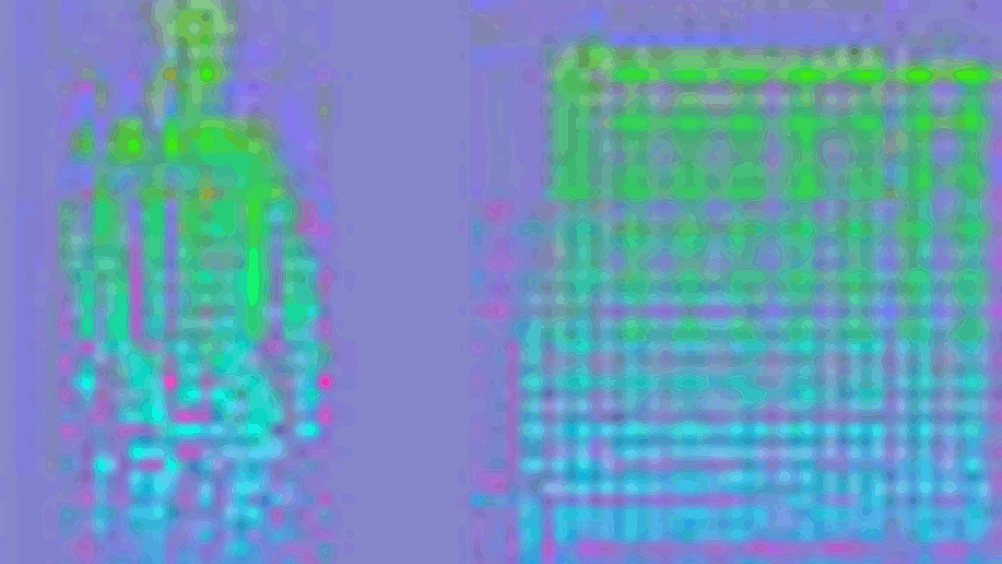Keeping robots on the right route
Transbotics and the US National Institute of Standards and Technology are developing advanced sensor processing and modelling algorithms to help robot forklifts verify the location and orientation of pallets.

, a manufacturer of automatic guided vehicles (AGV) and the
(NIST) are developing advanced sensor processing and modelling algorithms. They hope their research will help robot forklifts verify the location and orientation of pallets laden with goods.
The experimental system utilises two onboard, single scan-line LADAR devices to negotiate obstacles and hone in on warehouse pallets. LADAR (Laser Detection and Ranging) is an optical technology which measures properties of scattered laser light to find range and other information about a distant target. One LADAR device, located at the base of the AGV, is used as a safety sensor to detect obstacles such as humans in the forklift's path. It can also be used to scan inside a truck's cargo area to detect the presence of a pallet or define distances from the forklift to the truck's inside walls.
The other sensor, called the Panner, is a panning laser ranger mounted on a rotating motor at the top front of the AGV. The Panner acquires many scan lines of range data that allows the scene in front of the device to be reconstructed in various visual formats such as a pseudo-coloured coded image (where colours indicate relative proximity to an object) or a 3-dimensional data point "cloud."
Register now to continue reading
Thanks for visiting The Engineer. You’ve now reached your monthly limit of news stories. Register for free to unlock unlimited access to all of our news coverage, as well as premium content including opinion, in-depth features and special reports.
Benefits of registering
-
In-depth insights and coverage of key emerging trends
-
Unrestricted access to special reports throughout the year
-
Daily technology news delivered straight to your inbox










UK Enters ‘Golden Age of Nuclear’
The delay (nearly 8 years) in getting approval for the Rolls-Royce SMR is most worrying. Signifies a torpid and expensive system that is quite onerous...